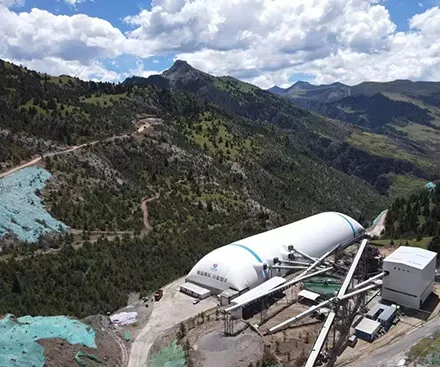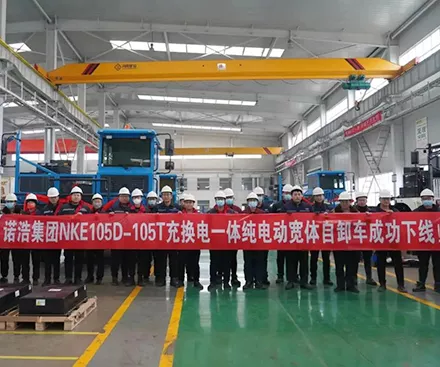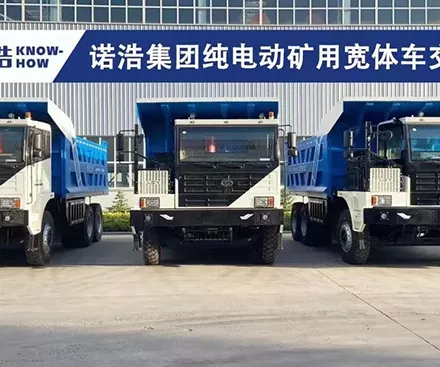Using an excavator goes beyond simply digging, loading, or spreading. It involves considerations of excavator types, sizes, power, and attachments tailored to specific excavation tasks. There's no one-size-fits-all solution when it comes to excavators.
Researching excavators can be overwhelming due to the numerous types available, including mini-excavators, backhoe excavators, extended-reach excavators, and even suction excavators. Moreover, excavators feature intricate components and a wide array of attachments.
Excavators come in a multitude of types, each tailored to specific earthmoving and material handling tasks. The choice of excavator depends on the intended usage, which can vary considerably for operators. Seven distinct types of excavators exist, some overlapping in functionalities to serve dual roles, yet each originally crafted with specific purposes in mind by design and engineering teams. Here's an overview of the primary excavator types commonly employed across various industries:
Crawler Excavators: Among the most prevalent excavators in operation across America are crawlers. These machines, equipped with tracks, boast exceptional maneuverability across rugged terrain and steep slopes. Ranging from rubber-tracked mini-excavators to larger equipment sporting steel tracks, crawlers excavators exert minimal ground pressure compared to wheeled counterparts, making them a preferred choice for various tasks.
Wheeled Excavators: While crawlers excel in traction and terrain adaptability, their mobility is relatively slower. By opting for tires instead of tracks, wheeled excavators achieve higher speeds. Although they sacrifice some stability due to a raised center of gravity, wheeled excavators offer superior mobility and quicker transportation between job sites.
Skid Steer Excavators: Often associated with wheeled loaders and compact track loaders, skid steers possess surprising versatility. Many models readily accept excavation arm attachments, transforming them into compact excavators capable of efficiently moving substantial amounts of material in a short timeframe.
Backhoe Excavators: There's ongoing discussion regarding the classification of traditional backhoes as excavators. Each backhoe features an excavating arm located opposite the loader bucket on its housing. The key distinction lies in the fact that a backhoe's excavation mechanism lacks full rotation. However, this limitation is negligible when the backhoe is utilized for its intended tasks.
Long-Reach Excavators: Long-reach excavators are heavyweight machines reserved for specialized applications. They boast extended arm lengths, with boom and stick measurements surpassing those of standard models. Some long-reach excavators extend over 100 feet horizontally, making them invaluable for navigating challenging watercourses and complex demolition sites. Operators can strategically position the machine and extend its reach to accomplish tasks effectively.
Dragline Excavators: Draglines excel in mining operations. Before the advent of modern hydraulic excavators with 360-degree rotation capabilities, many excavation companies included draglines in their fleet. These timeless tools operate using a boom, pulley, and cable system, with the bucket dragged along a line attached to the machine's arm. While conventional draglines lack easy rotation, their immense capacity makes them ideal for open-area earthmoving tasks.
Suction Excavators: At the opposite end of the spectrum are suction excavators, which offer a unique and practical solution for specific tasks. These uncommon yet efficient machines move material by directing a high-pressure water jet into the ground, creating a vacuum that draws loose material through a hose into a hopper. Suction excavators are commonly employed in dense urban environments, where they undertake precise utility work with minimal risk of damage to adjacent property.
Each type of excavator serves a distinct purpose. Whether engaged in routine construction, road building, demolition, or commercial mining operations, there exists an excavator suited to meet the specific requirements of the task at hand.
A plethora of excavator sizes and types are available for sale and rent, catering to various needs across different industries. The demand for versatility has spurred invention and innovation, resulting in a diverse range of well-designed excavator models. Today, the market offers more excavator options than most other construction equipment.
Rather than enumerating specific tasks, it's practical to categorize excavators based on their primary uses. Excavators are employed in specialized fields such as forestry, river dredging, pile-driving, and pole-setting. However, the majority of excavation applications fall into these four broad categories:
1. Construction and Utilities: Excavators are integral to construction and utility projects, which occur year-round. Whether it's a residential subdivision or road construction, a variety of excavator types are deployed for these tasks.
2. Demolition and Scrap: Excavators play a crucial role in demolition and scrapyard operations. They may be long-reach machines demolishing structures or stacking crushed cars, or simpler models equipped with backhoe or grapple attachments.
3. Quarry and Aggregate: Large-scale excavators with hefty bailing buckets are indispensable in open-pit quarry and aggregate operations. Traditional draglines may also be utilized for these tasks, ensuring efficient sand, gravel, and rock excavation.
4. Waste and Recycling: Landfill and recycling sites pose unique challenges, with soft ground impeding the mobility of standard excavators on wheels or tracks. Manufacturers have responded with innovative undercarriage designs, enabling waste and recycling excavators to traverse such terrain effortlessly. Many excavators deployed in landfill environments feature specialized steel wheels equipped with penetrating spikes for enhanced traction.
The market offers a wide array of excavator designs, sizes, and shapes, along with an equally extensive selection of attachments. Initially limited to tasks like digging, loading, backfilling, or material spreading on graded job sites, excavators have evolved into versatile machines capable of various roles when equipped with the right attachments.
The advent of work tool attachments has revolutionized excavators, expanding their utility across multiple industries. From earthworks to specialized applications, excavators equipped with attachments enhance job site performance. Here are some of the excavator-friendly attachments available:
1. Augers: Ideal for quickly and efficiently drilling holes in the ground for footings, postholes, and tree or shrub plantings.
2. Buckets: Enhance material handling capabilities with buckets designed for tasks such as cleanup, digging, ditch cleaning, grading, and heavy-duty applications.
3. Compactors: Vibratory plate and drum compactors facilitate fast and efficient compaction of loose materials for construction and landscaping projects.
4. Couplers: Quick couplers enable rapid attachment changes, allowing for seamless transition between work tools.
5. Grapples: Make it easier to lift larger objects with grapple attachments compatible with various hydraulic excavator models.
6. Hammers: Break up materials at construction, quarry, and demolition sites using hammer attachments available in different impact energy classes.
7. Multi-processors: Interchangeable jaw sets enable multi-processors to handle tasks such as concrete cutting, demolition, pulverizing, and shearing.
8. Rakes: Transform your excavator into a land clearing or site preparation machine with rake attachments available in various widths and tine spacings.
9. Rippers: Ideal for cutting through tough terrain or frozen ground, ripper attachments are effective on rock, shale, permafrost, or hard topsoil layers.
10. Thumbs: Hydraulic thumbs facilitate the pickup, holding, and transportation of awkward materials like rocks and branches, improving load control and jobsite efficiency.
Various other attachments are also available to suit specific excavator applications. The intended use of the attachment and the type of excavator being operated determine the appropriate tool selection.

Jul. 23, 2022
View More
Jun. 15, 2022
View More
Jun. 01, 2022
View More